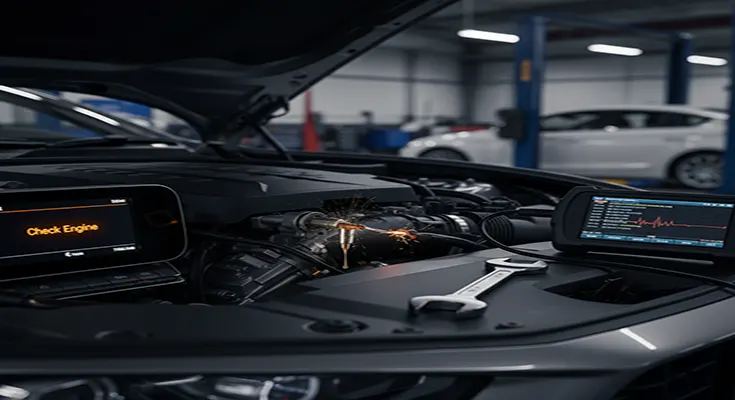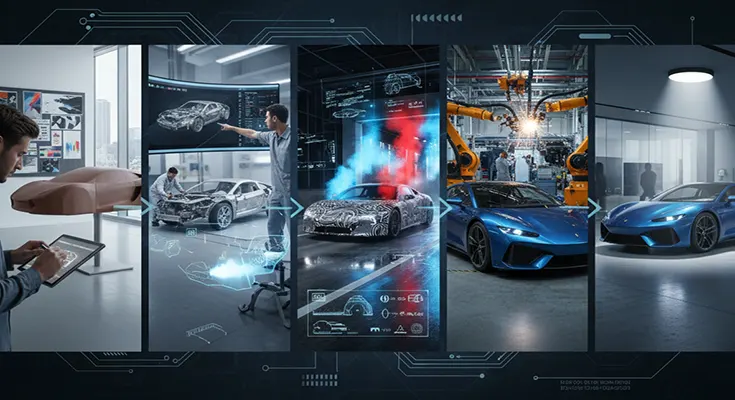
Electronic Fuel Injection (EFI) Troubles: Common Problems and Essential Fixes
The Electronic Fuel Injection (EFI) system is the brain and brawn of a modern engine’s fuel delivery, precisely metering fuel into the combustion chamber. When this intricate system malfunctions, your vehicle will exhibit unmistakable symptoms—from rough idling and poor acceleration to a dreaded illuminated Check Engine Light.
Understanding the common problems and their corresponding fixes is essential for maintaining a smooth, efficient, and reliable ride.
1. Clogged or Dirty Fuel Injectors
Fuel injectors are fine nozzles that spray an atomized mist of fuel into the engine. Over time, carbon, varnish, and debris from fuel can build up, restricting the spray pattern or flow.
| Symptoms | Cause | The Fix |
| Engine Misfires/Rough Idle: The engine runs inconsistently, shaking or vibrating, especially at a stop. | Deposits restrict the fuel flow, leading to an incorrect air-fuel ratio in one or more cylinders. | Fuel System Cleaning: Use a high-quality fuel system cleaner added to the gas |


